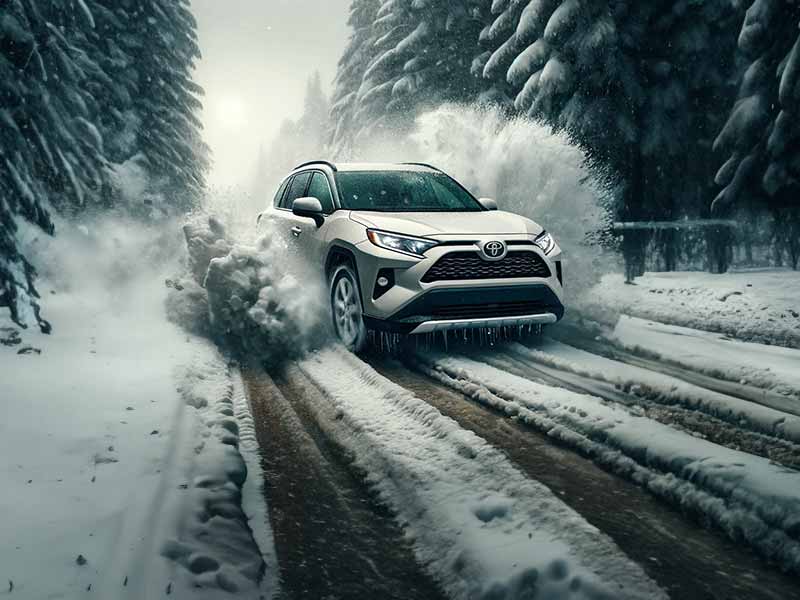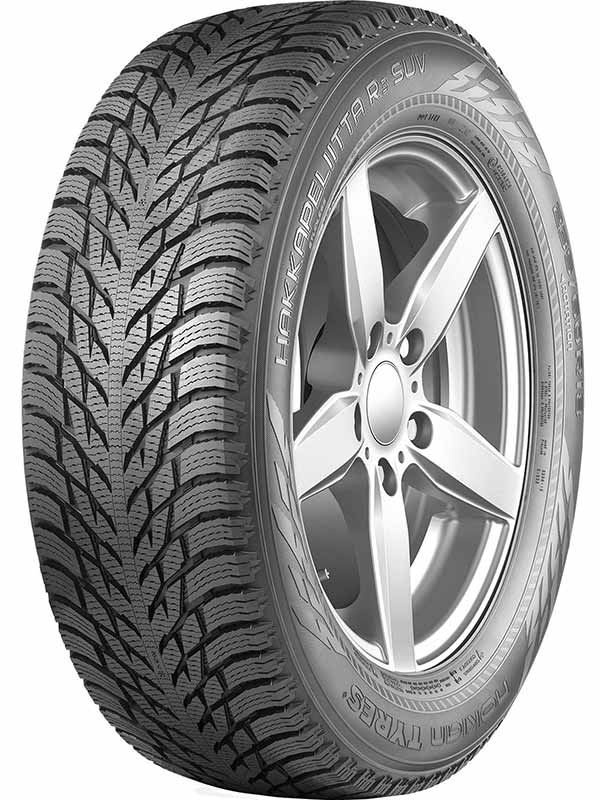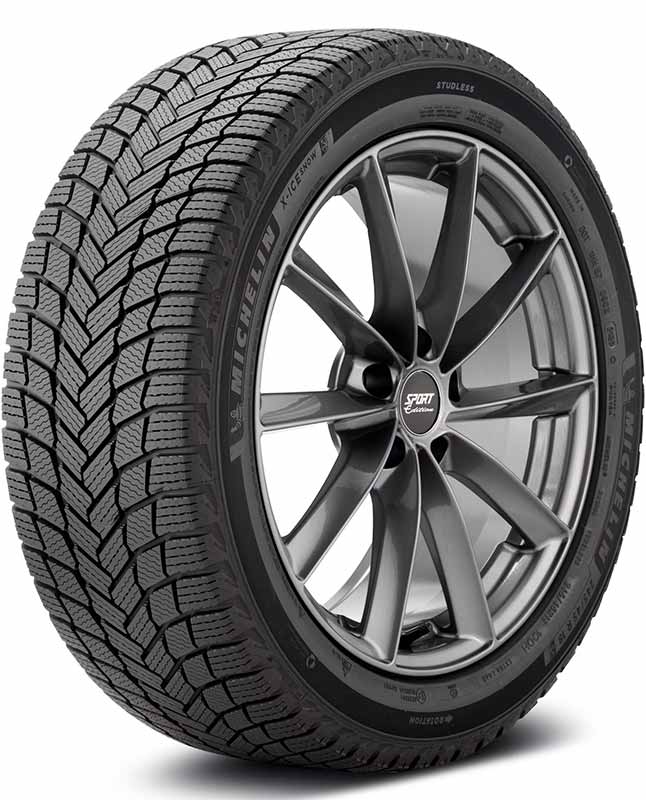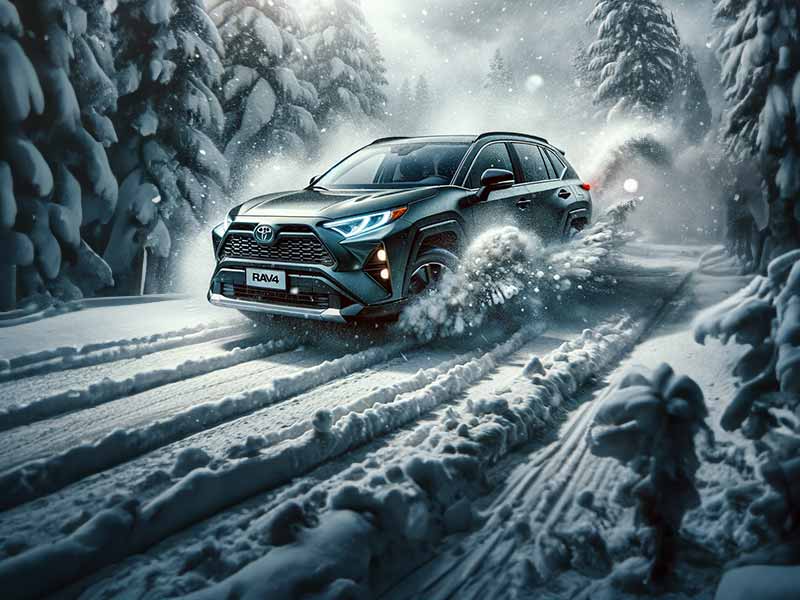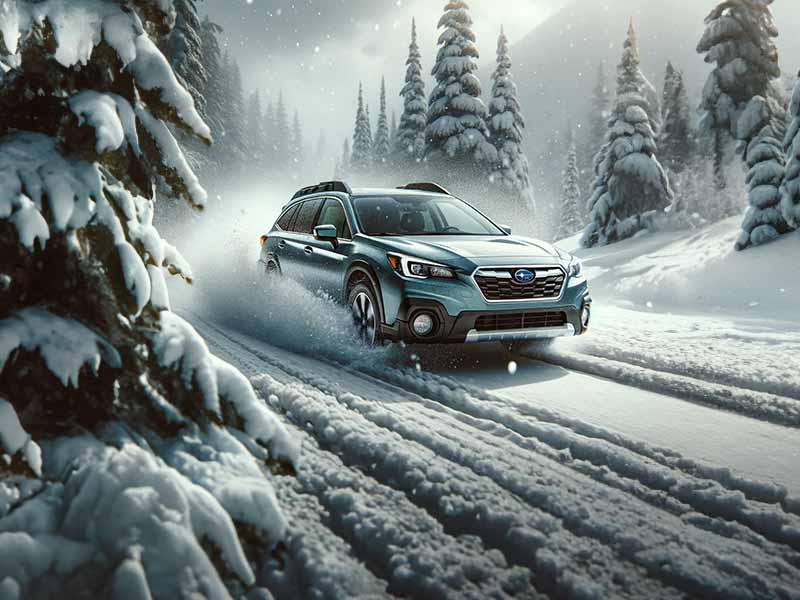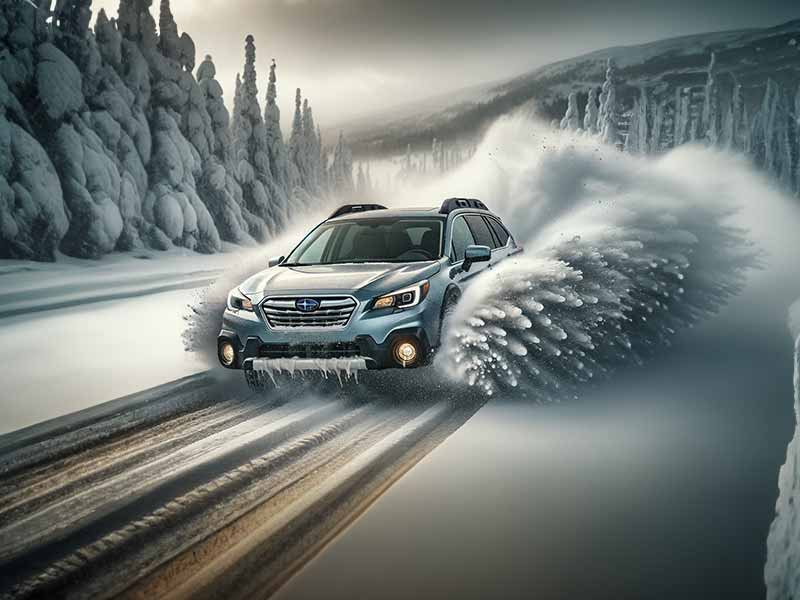When winter rolls around, the right tire can mean the difference between a confident commute and a stressful drive. For those weighing their options between the Nokian Hakkapeliitta R3 and the Michelin X-Ice Snow, understanding their distinct capabilities can make all the difference.
The Nokian Hakkapeliitta R3 excels in deep snow and ice traction, making it ideal for harsh winter conditions, while the Michelin X-Ice Snow offers impressive versatility and longevity, performing well across various winter scenarios.
In this article, we delve into a detailed comparison of the Nokian Hakkapeliitta R3 and Michelin X-Ice Snow, analyzing their performance in snow, ice, and wet conditions, and discuss other competitive winter tire options to give you a comprehensive view of what’s available.
Nokian Hakkapeliitta R3
Customer Rating
Overall Rating
8.4 of 10
Wet Weather
8.8 of 10
Winter Weather
9.4 of 10
Tread Wear
8.0 of 10
Dry Weather
7.1 of 10
Ride Comfort
8.8 of 10
UTQG
Uniform Tire Quality Grade
UTQG Treadwear Rating: N/A
UTQG Traction Rating: N/A
UTQG Temperature Rating: N/A
Mileage Warranty
None
Find The Best Price
Key Performance Metrics
Hydroplaning: 9.5 of 10
Wet Grip: 8.0 of 10
Cornering: 7.0 of 10
Dry Grip: 7.2 of 10
Responsiveness: 7.1 of 10
Mild Snow Grip: 9.8
Heavy Snow Grip: 9.5
Ice Grip: 9.0
Comfort Level: 9.0 of 10
Road Noise: 8.5 of 10
The Nokian Hakkapeliitta R3 is a winter tire designed for those who face severe snowy and icy conditions and demand top-notch performance. Here’s a closer look at how the Hakkapeliitta R3 stands out in various performance categories:
Performance Breakdown
- Wet Conditions:
- Hydroplaning Resistance: 9.5 – Exceptionally good at preventing hydroplaning.
- Wet Traction: 8.0 – Offers solid performance, though not the best in class.
- Dry Conditions:
- Corner Stability: 7.0 – Adequate but may not inspire confidence in all drivers.
- Dry Traction: 7.2 – Performs decently in dry winter conditions.
- Steering Response: 7.1 – Responsive enough for daily driving but not sporty.
- Winter/Snow:
- Light Snow Traction: 9.8 – Outstanding grip in light snow.
- Deep Snow Traction: 9.5 – Excellent performance, digging deep when you need it most.
- Ice Traction: 9.0 – Very good, ensuring safer handling on ice.
- Comfort:
- Ride Quality: 9.0 – Provides a comfortable ride by absorbing bumps well.
- Noise: 8.5 – Relatively quiet for a winter tire, reducing road noise effectively.
- Treadwear:
- Overall Rating: 8.0 – Decent longevity but might wear faster under harsh conditions.
Pros
- Excellent snow and ice traction, ideal for severe winter conditions.
- High hydroplaning resistance increases safety on wet roads.
- Comfortable ride quality which is crucial in harsh winter driving.
Cons
- Lower performance in dry conditions could be a concern for those in climates where roads quickly shift from wet or snowy to dry.
- Moderate tread life means you might be shopping for tires sooner if you frequently travel long distances.
Michelin X-Ice Snow
Customer Rating
Overall Rating
8.8 of 10
Wet Weather
8.6 of 10
Winter Weather
9.0 of 10
Tread Wear
8.8 of 10
Dry Weather
8.8 of 10
Ride Comfort
8.7 of 10
UTQG
Uniform Tire Quality Grade
UTQG Treadwear Rating: N/A
UTQG Traction Rating: N/A
UTQG Temperature Rating: N/A
Mileage Warranty
None
Find The Best Price
Key Performance Metrics
Hydroplaning: 9.1 of 10
Wet Grip: 9.1 of 10
Cornering: 8.5 of 10
Dry Grip: 8.8 of 10
Responsiveness: 8.6 of 10
Mild Snow Grip: 9.3
Heavy Snow Grip: 9.0
Ice Grip: 8.7
Comfort Level: 9.0 of 10
Road Noise: 8.5 of 10
The Michelin X-Ice Snow is another formidable option in the winter tire market, designed for longevity and enhanced ice traction. This tire caters to those who prioritize durability along with performance under winter conditions. Let’s break down how the X-Ice Snow performs across various metrics:
Performance Breakdown
- Wet Conditions:
- Hydroplaning Resistance: 8.7 – Very good at preventing hydroplaning, providing a secure feel on wet roads.
- Wet Traction: 8.8 – Strong performance in wet conditions, offering reliable grip when it matters.
- Dry Conditions:
- Corner Stability: 8.5 – Provides a stable ride even in dry, cold conditions.
- Dry Traction: 8.8 – Excels in maintaining grip on dry winter roads.
- Steering Response: 8.7 – Sharp and responsive, making driving feel more controlled.
- Winter/Snow:
- Light Snow Traction: 9.3 – Very effective in light snow, ensuring smooth and steady handling.
- Deep Snow Traction: 9.0 – Performs well, allowing for confident driving in deep snow.
- Ice Traction: 8.7 – Offers robust traction on icy surfaces, though slightly less than some top competitors.
- Comfort:
- Ride Quality: 9.0 – Delivers a smooth and comfortable ride, absorbing road imperfections with ease.
- Noise: 8.6 – Better than average noise reduction for a quieter and more pleasant driving experience.
- Treadwear:
- Overall Rating: 8.8 – Stands out in its category for durability, promising a longer lifespan even with regular winter use.
Pros
- Excellent wet and dry traction, making it versatile for various cold weather conditions.
- High marks in comfort, providing a smooth ride with less noise.
- Superior treadwear rating, indicating a longer life and better value over time.
Cons
- Ice traction, while good, does not lead the pack, especially compared to specialized ice-performance tires.
- Premium pricing might be a consideration for budget-conscious buyers.
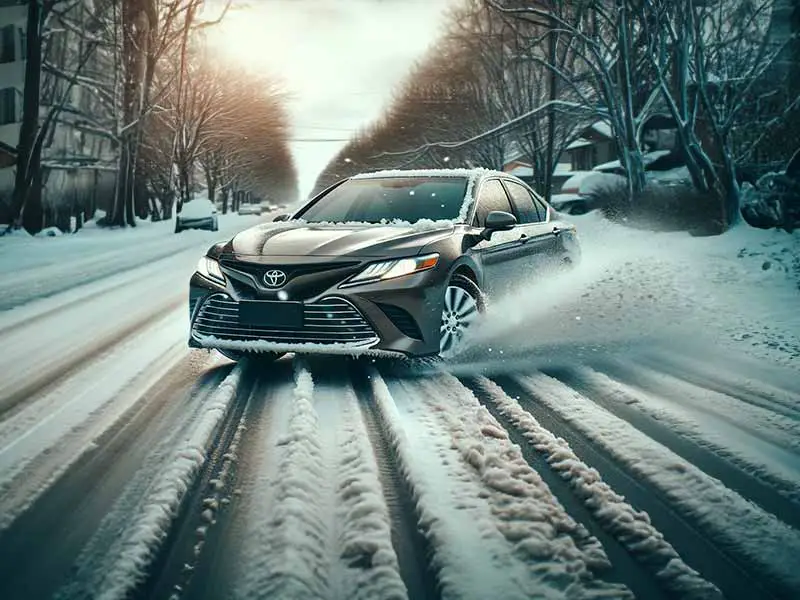
Comparative Analysis
When deciding between the Nokian Hakkapeliitta R3 and the Michelin X-Ice Snow, it’s crucial to consider how each tire performs in specific conditions and what aspects are most important for your winter driving needs. Here’s a detailed comparison to help you weigh their strengths and weaknesses.
Performance in Snow and Ice
- Nokian Hakkapeliitta R3:
- Excels in deep and light snow traction, making it superior for those in regions with heavy snowfall.
- Offers better ice traction, which is crucial for maintaining control on icy roads.
- Michelin X-Ice Snow:
- Performs well in light and deep snow but slightly trails the Nokian in this category.
- Provides solid ice traction, though not as high as the Nokian, it still ensures reliable performance.
Wet and Dry Road Performance
- Nokian Hakkapeliitta R3:
- Superior hydroplaning resistance, offering increased safety during wet conditions.
- Less impressive in dry conditions, which could be a drawback for regions with fluctuating winter weather.
- Michelin X-Ice Snow:
- Strong performance in both wet and dry conditions, making it a versatile choice for areas with mixed winter weather.
- Excellent dry traction and stability that might appeal to those who frequently drive on cleared or dry cold roads.
Comfort and Noise
- Nokian Hakkapeliitta R3:
- Provides a very comfortable ride with a focus on absorbing road imperfections.
- Noise levels are moderate, acceptable for a winter tire but not the quietest.
- Michelin X-Ice Snow:
- Slightly better in terms of noise reduction, offering a quieter ride which enhances driver comfort.
- The ride quality is on par with the Nokian, making long drives in harsh conditions less taxing.
Durability and Treadwear
- Nokian Hakkapeliitta R3:
- Moderate treadwear rating indicates a shorter lifespan compared to the Michelin, particularly in harsh conditions.
- Michelin X-Ice Snow:
- Higher treadwear rating suggests longer durability, which can be a more economical choice over time.
Price and Value
- Nokian Hakkapeliitta R3:
- Typically priced competitively, offering excellent value for those prioritizing top-notch snow and ice performance.
- Michelin X-Ice Snow:
- Generally more expensive, but the cost is offset by its durability and versatile performance.
The Verdict
Choosing between the Nokian Hakkapeliitta R3 and the Michelin X-Ice Snow depends on your specific winter driving conditions and priorities:
- Opt for the Nokian Hakkapeliitta R3 if you’re facing severe snow and ice conditions regularly and prioritize maximum traction in these elements.
- Choose the Michelin X-Ice Snow if you require a tire that performs well across various conditions and offers longevity, especially if you encounter fluctuating winter weather and dry roads.
Other Competitors in the Market
While the Nokian Hakkapeliitta R3 and the Michelin X-Ice Snow are standout choices in the winter tire market, several other brands also offer competitive options that could be ideal for different driving conditions and preferences. Let’s explore how some of these competitors stack up.
Bridgestone Blizzak WS90
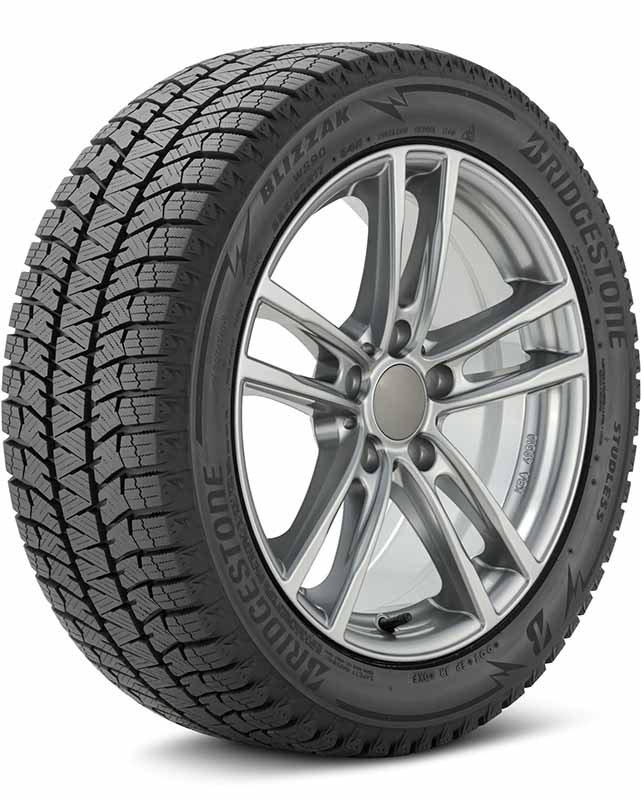
Performance Ratings:
- Wet: 9.1
- Dry: 8.8
- Winter/Snow: 9.2
- Comfort: 8.5
- Treadwear: 8.4
Strengths:
- Excellent in both light and deep snow, similar to the Nokian.
- Very strong hydroplaning resistance and wet traction, making it reliable in slushy conditions.
Weaknesses:
- Ride quality and noise levels are good but not as high as some competitors.
- Treadwear is reasonable but not the best for longevity.
Continental VikingContact 7

Performance Ratings:
- Wet: 8.7
- Dry: 8.6
- Winter/Snow: 8.8
- Comfort: 8.9
- Treadwear: 8.5
Strengths:
- Offers a balanced performance across different conditions with a focus on comfort.
- Excellent ride quality, potentially the best in class for smoothness and noise reduction.
Weaknesses:
- While good, winter performance does not reach the peak levels of Nokian or Bridgestone.
Goodyear WinterCommand Ultra
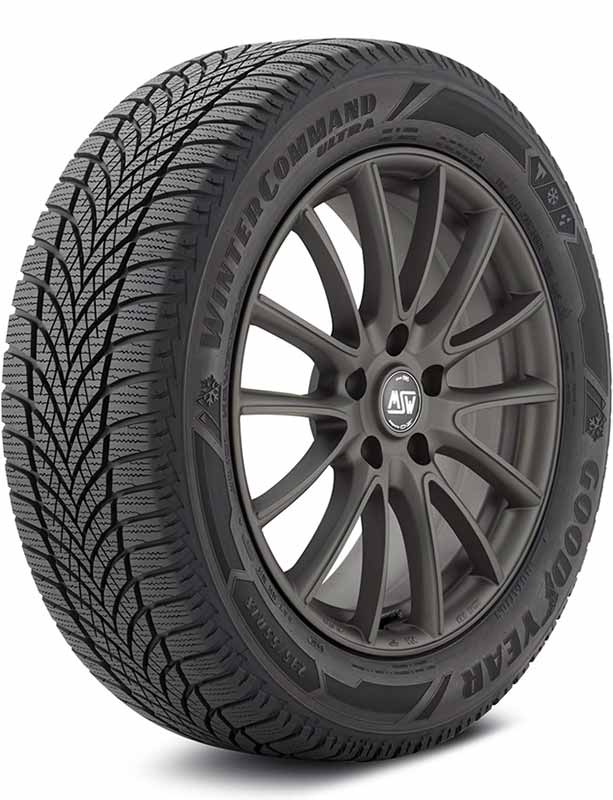
Performance Ratings:
- Wet: 8.9
- Dry: 8.7
- Winter/Snow: 8.9
- Comfort: 8.5
- Treadwear: 8.4
Strengths:
- Very competent in wet conditions with excellent hydroplaning resistance.
- Good all-around performance making it a versatile choice.
Weaknesses:
- Ice traction is adequate but may not inspire confidence compared to the top performers.
Each of these competitors brings something unique to the table. Whether it’s the Bridgestone Blizzak WS90’s excellent snow performance, the Continental VikingContact 7’s superior comfort, the Goodyear WinterCommand Ultra’s versatility, your choice should align with the specific conditions you expect to encounter and your personal driving needs.
Resources
Below are some links you may find helpful when learning about tires:
Final Thoughts
Choosing between the Nokian Hakkapeliitta R3 and Michelin X-Ice Snow largely depends on your specific winter driving conditions. The Nokian is best suited for those who regularly face severe snow and ice, offering superior grip in these conditions.
The Michelin, on the other hand, is a great all-rounder, providing excellent performance on wet, dry, and snowy roads, and is known for its durability. If your winter involves a variety of driving conditions and you value tire longevity, the Michelin X-Ice Snow might be the better choice.
Good luck and happy motoring.
